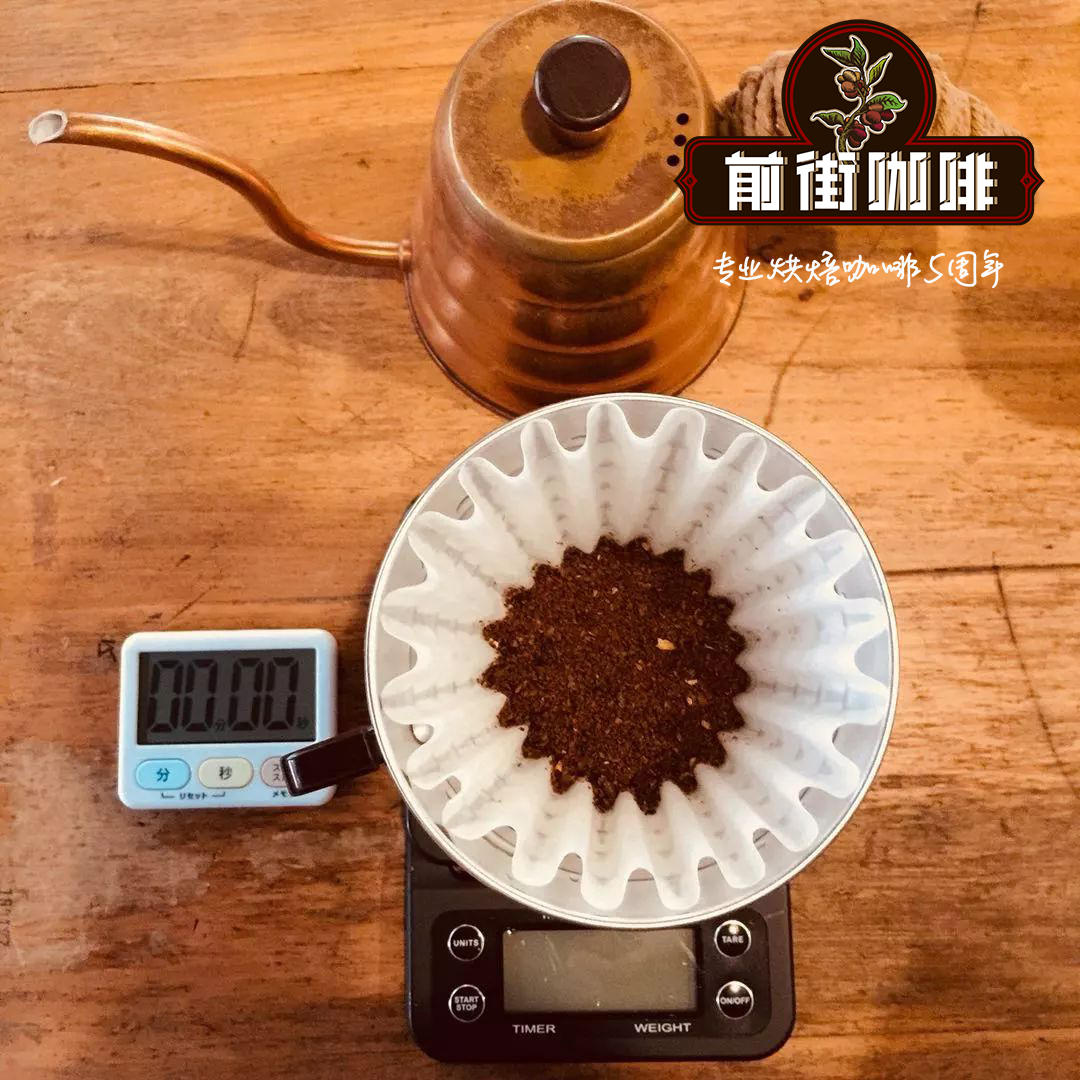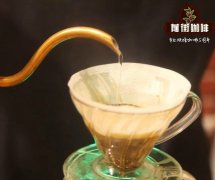How exactly does double washing in Kenya operate? What will happen to the treatment of double washing?

Professional coffee knowledge exchange More coffee bean information Please pay attention to coffee workshop (Weixin Official Accounts cafe_style)
Kenya and Ethiopia are neighbors, but the varieties, appearance and flavor of coffee beans in the two countries are very different. Kenyan coffee beans are fully washed, the most special of which is the "double washing method", the most important coffee beans are SL-28 and SL-34.
Kenya's coffee beans are mainly Bourbon SL-28 and SL-34, and other varieties have been cultivated in recent years. SL28 and SL34 are the most representative coffee beans in Kenya. They are bourbon hybrids developed by Sott Laboratories in the early 20th century, where SL stands for Laboratory and 28, 34 stands for Laboratory developer code.
Variations on traditional washing?
Kenyan coffee beans are all processed by washing, of which the "double washing method" is more special. "Double washing" refers to two washes and two fermentations of coffee beans. The washing tank adopting this treatment method has high and low layers, which are respectively used for the first and second washing. Harvest coffee fruit, remove defective fruit in the middle, remove peel, pour into the upper fermentation tank for fermentation or direct dry fermentation.
After fermentation for a period of time, the coffee beans are washed with water to remove most of the pectin on the surface of the coffee beans. Then put the coffee beans into the lower fermentation tank for secondary fermentation. The circulating water is changed every few hours during fermentation to prevent the coffee beans from stinking and mildewing. Rinse the beans again with water to remove any pectin remaining on the surface.
Rinse the beans with shells and put them into the sink for more than 12 hours, and then dry them in the sun. After double washing Kenya coffee beans fat appearance plump, flavor diversity, distinct layers.
END
Important Notice :
前街咖啡 FrontStreet Coffee has moved to new addredd:
FrontStreet Coffee Address: 315,Donghua East Road,GuangZhou
Tel:020 38364473
- Prev

Beginners learn to pull flowers | explain in detail how to make the foam slippery.
Professional coffee knowledge exchange more coffee bean information Please follow the coffee workshop (Wechat official account cafe_style) put the steam pipe under the surface of the milk, open the steam pipe, pump the steam into the milk to make milk foam, you will hear the nourishing sound. What many people ignore is that the process of nourishing noise actually accounts for only 10% of the time of the whole milking process. Yeah, you only need 4-5 seconds.
- Next

Espresso will cause a lot of flavor changes as long as the amount of coffee powder is increased or decreased.
We often do the operation of increasing or decreasing powder in the process of grinding, so what will be the change in the extraction of espresso if we increase or decrease the amount of powder on the premise of the same amount of coffee liquid and degree of grinding? The beans tested are the [Qianjie boutique matching] that the editor uses every day, the blending ratio is 6:4 (Brazil: Goran), the bean grinder is Pegasus 900N, and the grinding degree is 1.7.
Related
- What is the meaning of lactic acid fermentation with coffee bean treatment?
- How to judge the state of foam by sound?
- How does the latte pull out the unicorn pattern? Come to get for a little trick to improve the flower pull!
- Will flower pulling affect the taste of the latte?
- Do you know the history of coffee?
- The difference between honey treatment and sun washing what is raisin honey treatment?
- What kind of milk can a novice use to make coffee foam to keep the foam longer? The correct method and skills of milking tutorial sharing
- Why do washed coffee beans taste sour? Flavor characteristics of washed Coffee
- Introduction to the skill of how to practice the size and height of water injection around the circle of hand-brewed coffee
- How do beginners practice coffee flower drawing from scratch?

